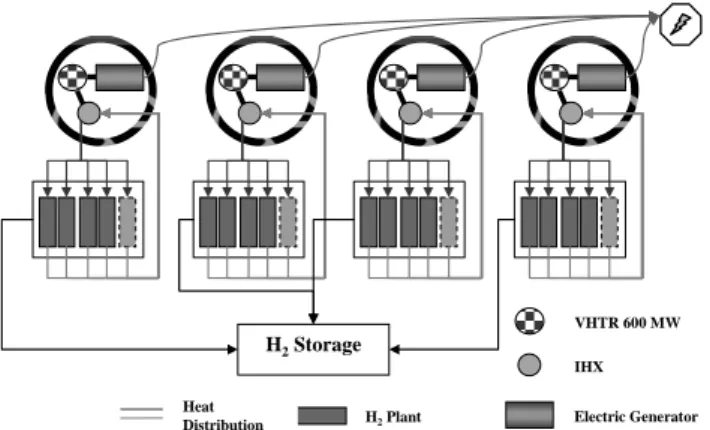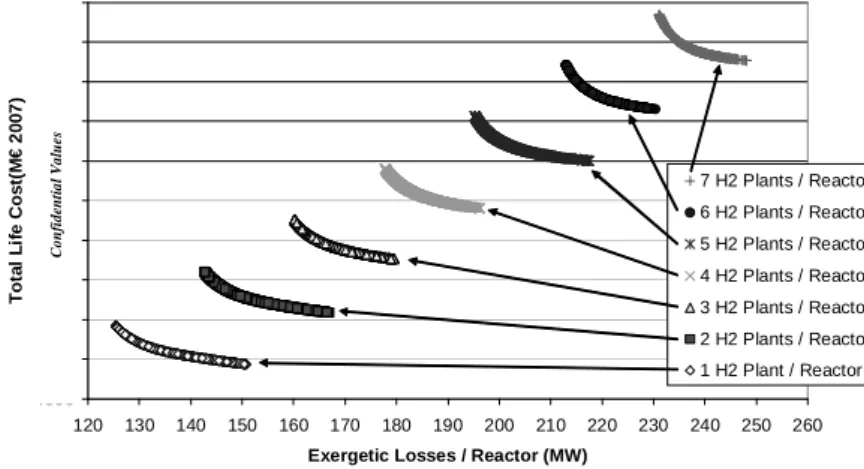A MultiObjective Genetic Algorithm Framework for electricity / hydrogen co-production from generation IV nuclear energy systems
Texte intégral
Figure



Documents relatifs
The bearings vibration signal is obtained from experiment in different conditions: normal bearing, bearing with inner race fault, bearing with outer race fault and bearings
In the following, we first extend the on-the-fly algorithm proposed in [5] to the multivariate case, with bz assumed to be known a priori. This strong assumption, unrealistic
We first compute the total mean curvature of a sphere of radius R > 0 where a neighbourhood of the north pole has been removed, and replaced by an internal sphere of small radius
Here, we report on eukaryotic translation kinetics starting from an internal ribosome entry site (IRES) mediated initiation and on going over several elongation cycles
equilibrium (I = 0 A). These two PDFs are independent of the integration time. The two curves match perfectly within experimental errors. Therefore the ”trajectory- dependent”
To examine the effect of the orientation of the folds of our laminate (Carbon-Epoxy) on the factor of buckling criticizes λcr, we took the data of the sequences of
In this work, we havepresented the principles of the genetic algorithm functioning , itsapplication to the laminated composites and to the originaltechnique of coding which
In summary, we have used the genetic algorithm to determine the ground state energy of the 2-dimensional and 3-dimensional +J spin glasses on the square and cubic lattices. The